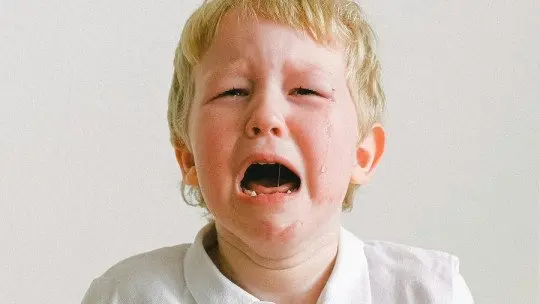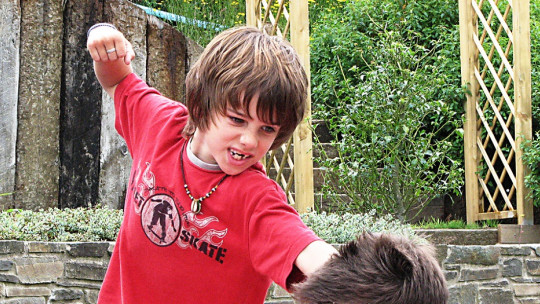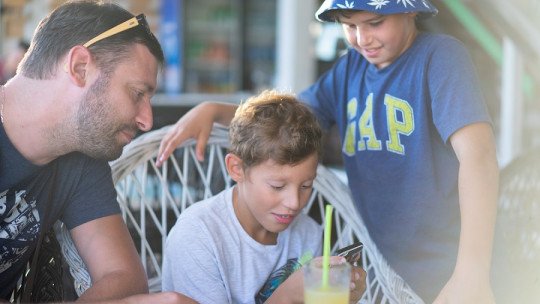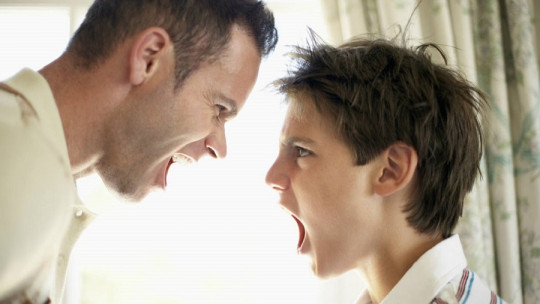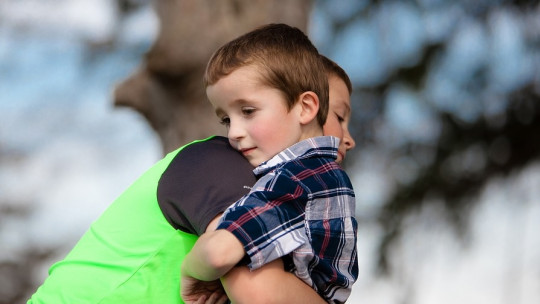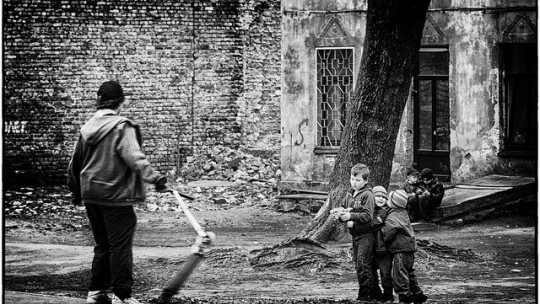
The assault It is behavior carried out with the intention of harming a living being that wishes to avoid this treatment. The actor’s intention defines the “aggressive act,” not the consequences.
Development of Aggression in childhood
Aggressive acts are classified into two categories:
Origins of aggression in childhood
Babies under 1 year old can become irritated, although they do not attack (there is no intention). At one year, children show rivalry over toys, and at age 2, they are more likely to resolve disputes through negotiation and participation. This process can be adaptive, as it teaches minors to achieve their goals without violence.
Developmental trends in aggression
With age, children’s aggression changes dramatically:
Sex differences in the development of aggression
The genetic factor explains part of the fact that boys have a greater propensity for aggressive behavior due to the production of testosterone. Despite this, the social factor plays a very important role in determining male and female aggressiveness. From the age of one and a half, gender typing, which is a socially agreed upon construct, marks the differences between individuals and the way they express hostile behaviors.
Parents also influence the development of aggressiveness, since those who play more roughly and aggressively, those who reward their antisocial actions, or even give them gifts, encourage their unfavorable behaviors.
The biological bases of aggressive behavior
It can be hypothesized that aggressive behavior is adaptive in environments in which competitiveness is a determining factor when distributing limited resources. Both hostile and instrumental aggression can be the result of (and lead to) power relations in which there is a dominated and a dominator, both entering a dynamic in which the natural selection it becomes clear. However, it should be noted that in the case of human beings the behavior is modulated by a morality which does not occur in the rest of the species. This morality, like the expressions of the genes that can intervene in the triggering of aggressive behaviors, has a biological substrate that is modified by interaction with the environment and with other beings.
The transition from an ethic centered on one’s own ego to one focused on social responsibility is a deeply complex and dynamic from the point of view of biology, but there is a certain consensus that the prefrontal cortex, located in the anterior part of the brain. This brain region plays an important role in making decisions and initiating planned activities with a goal projected temporally into the future. Thanks to the prefrontal cortex, the human being is able to establish goals beyond immediate gratification, and to make decisions based on the most abstract concepts.
Therefore, it also plays an important role when it comes to socializing, since living in society means, among other things, defer certain rewards for the sake of a temporarily projected benefit that affects the community. According to Fuster (2014), for example, Part of the unsocial behavior of children and young people is explained by a prefrontal cortex that has not yet matured enough and is not sufficiently connected with the neuronal groups of the posterior brain that mediate the creation of emotions and behavior oriented towards the satisfaction of needs (this connection is established later at the rhythm of the biological clock, and will reach its climax during the third decade of life, between 25 – 30 years).
Furthermore, neuronal groups whose activation evokes general ethical principles and abstract concepts find in the prefrontal cortex a mediator that will allow them to play a role in decision-making. From this point of view, good development of the prefrontal lobe usually leads to a reduction in the expression of aggressive behaviors.
From aggression to antisocial behavior
Antisocial behavior peaks during adolescence and then declines. Girls use relational aggression (humiliation, exclusion, rumors to damage self-esteem, etc.), while boys opt for stealing, skipping class, and bad sexual behavior.
Is aggressiveness a stable attribute?
Indeed: aggressiveness is a stable attribute. Children who are relatively aggressive at an early age tend to be so at older ages. Clearly, the learning capacity and plasticity of the brain (ability to change according to interactions with the environment) mean that this is not always the case. The epigenetic factor also has to be taken into account.
Individual differences in aggressive behavior
Only a small minority can be considered chronically aggressive (involved in most conflicts). Research indicates 2 types of very aggressive children:
Each of these groups processes information about their perceptions and their own behaviors differently, which means that their decision-making style also has a differentiated style.
Dodge’s social information processing theory of aggression
Faced with the ambiguity of a conflict, aggressive children use an attributional bias.
Perpetrators and victims of peer aggression
Habitual bullies are people who have not suffered abuse themselves, but have witnessed it at home. They think that they will be able to get a lot of benefit from their victims with little effort.
The victims are of 2 types:
Victims are at serious risk of social adaptation.
Cultural and subcultural influences on aggression
Some cultures and subcultures are more aggressive than others.
Spain, followed by the US and Canada, are the most aggressive industrialized countries.
Social classes also influence, where the lower social class is more aggressive. There could be several reasons:
-
They use punishment frequently
-
Approval of aggressive solutions to conflicts
-
Parents who lead stressful lives control their children less
Individual differences also affect the development of aggression.
Coercive family environments: breeding grounds for aggression and crime
Aggressive children often live in coercive environments where most interactions between family members are an attempt to get the other person to stop irritating them. Coercive interactions are maintained thanks to negative reinforcement (any stimulus whose elimination or termination as a consequence of the act increases the probability that it will be repeated).
Over time, problem children become resistant to punishment and manage to attract the attention of parents who do not show them affection.
It is difficult to break this cycle due to its multidimensional influence (it affects all family members).
Coercive environments as contributors to chronic crime
A coercive environment contributes to a hostile attribution bias and a chain of self-limitation that causes rejection by other children. Consequently, they usually end up isolated from the other children at school and grouped together with others of the same condition. The interaction between them usually ends in the formation of groups with bad habits.
Once in adolescence it is more difficult to correct these people, prevention is the best bet to control it.
Methods to control aggression and antisocial behavior
→ Creation of non-aggressive environments
A simple approach is to create play areas that minimize the likelihood of conflict, such as eliminating toys like guns or tanks, providing ample space for vigorous play, etc.
→ Elimination of rewards for aggression
Parents or teachers can reduce the frequency of aggression by identifying and eliminating its reinforcing consequences and encouraging alternative means of achieving personal goals. They could use two methods:
-
Incompatible response technique: non-punitive method of behavior modification by which adults ignore undesirable behavior while reinforcing bullying that is incompatible with those responses.
-
Time out technique: method in which children who behave aggressively are forced to leave the scene until they are considered ready to act appropriately.
→ Social cognitive interventions
These techniques help them:
-
Regulate your anger.
-
Increase your ability to feel empathy to avoid attribution biases.
Any technique can be ineffective if it is later undermined by coercive family environments or hostile friendships.


